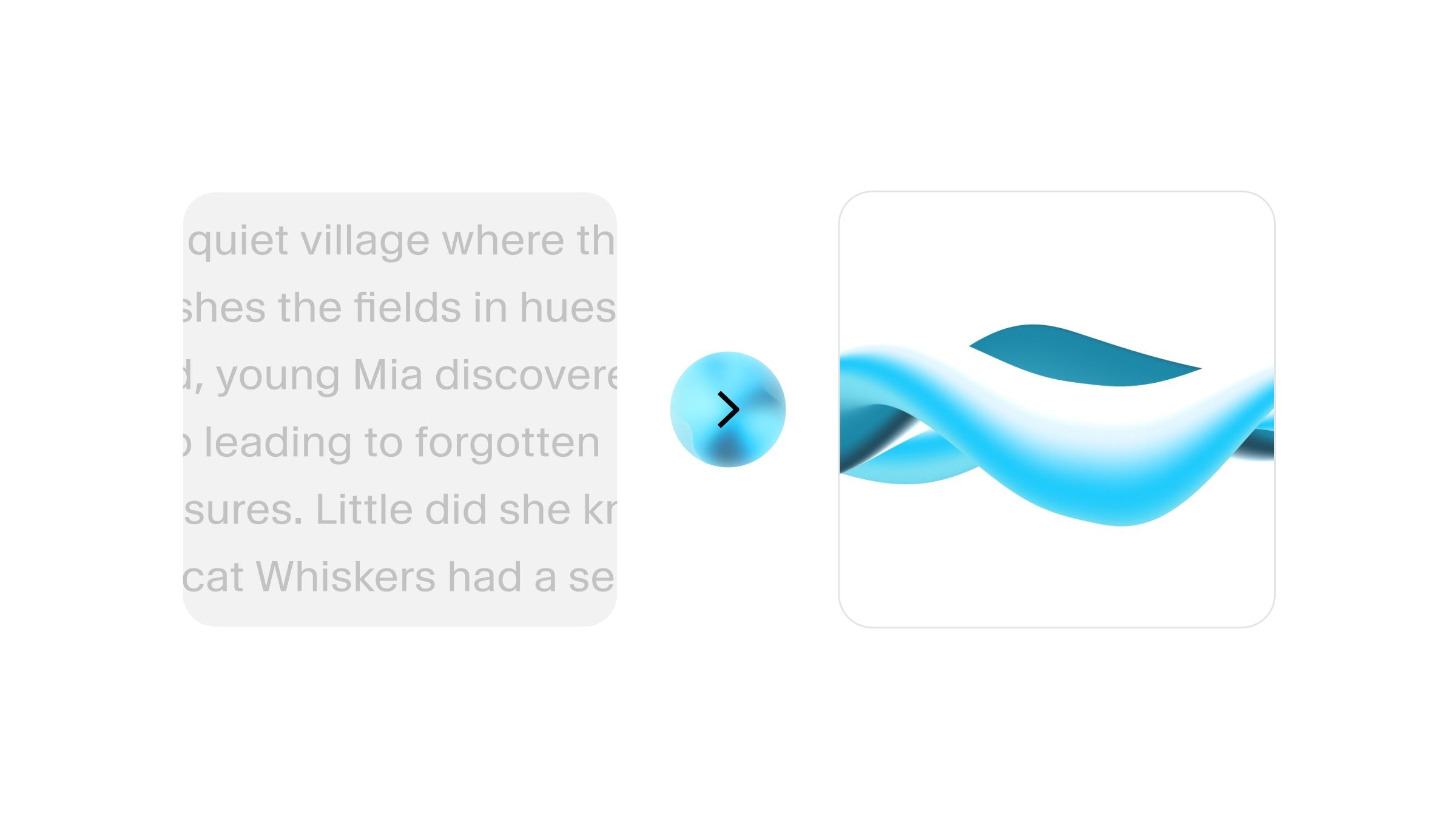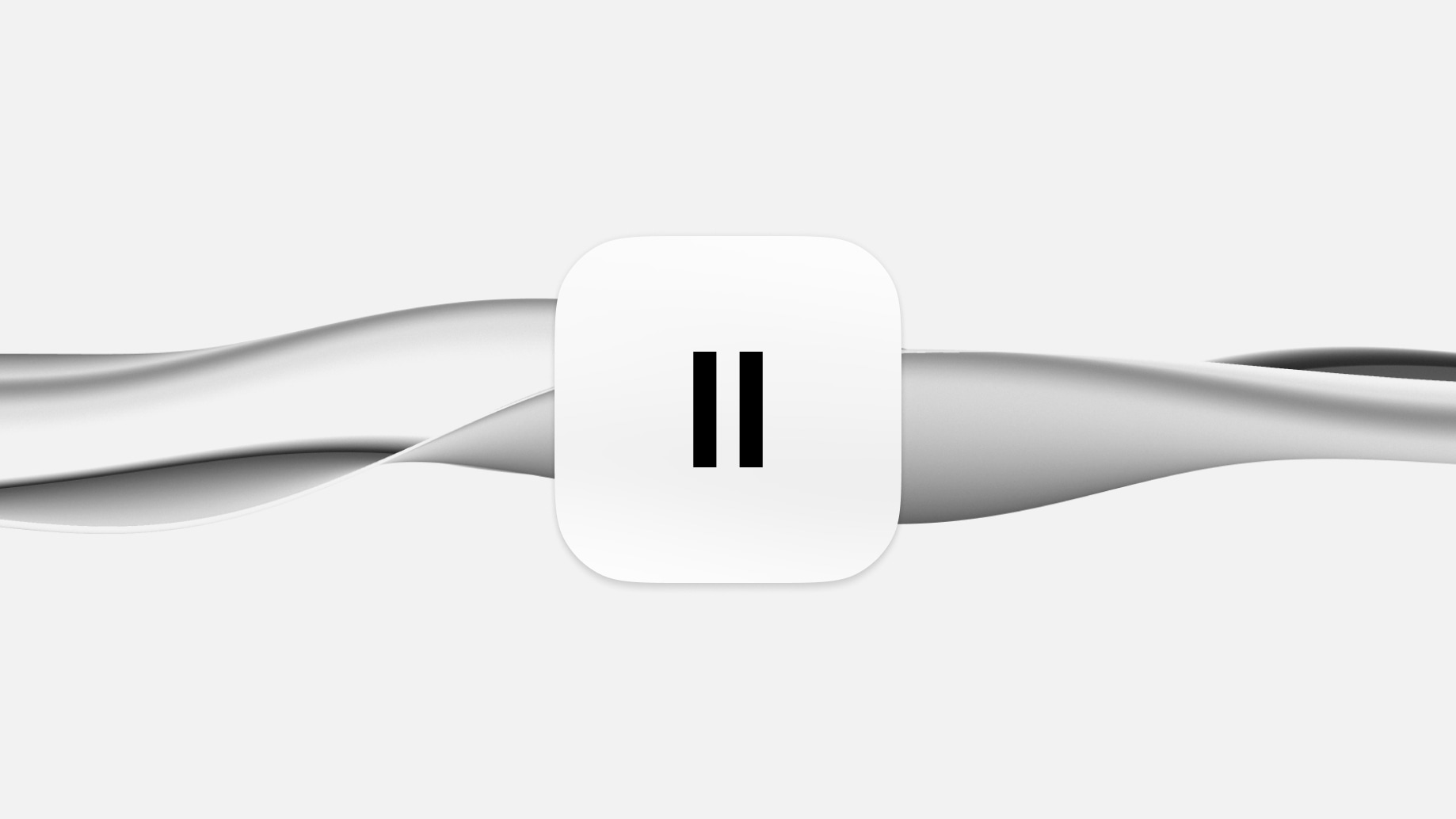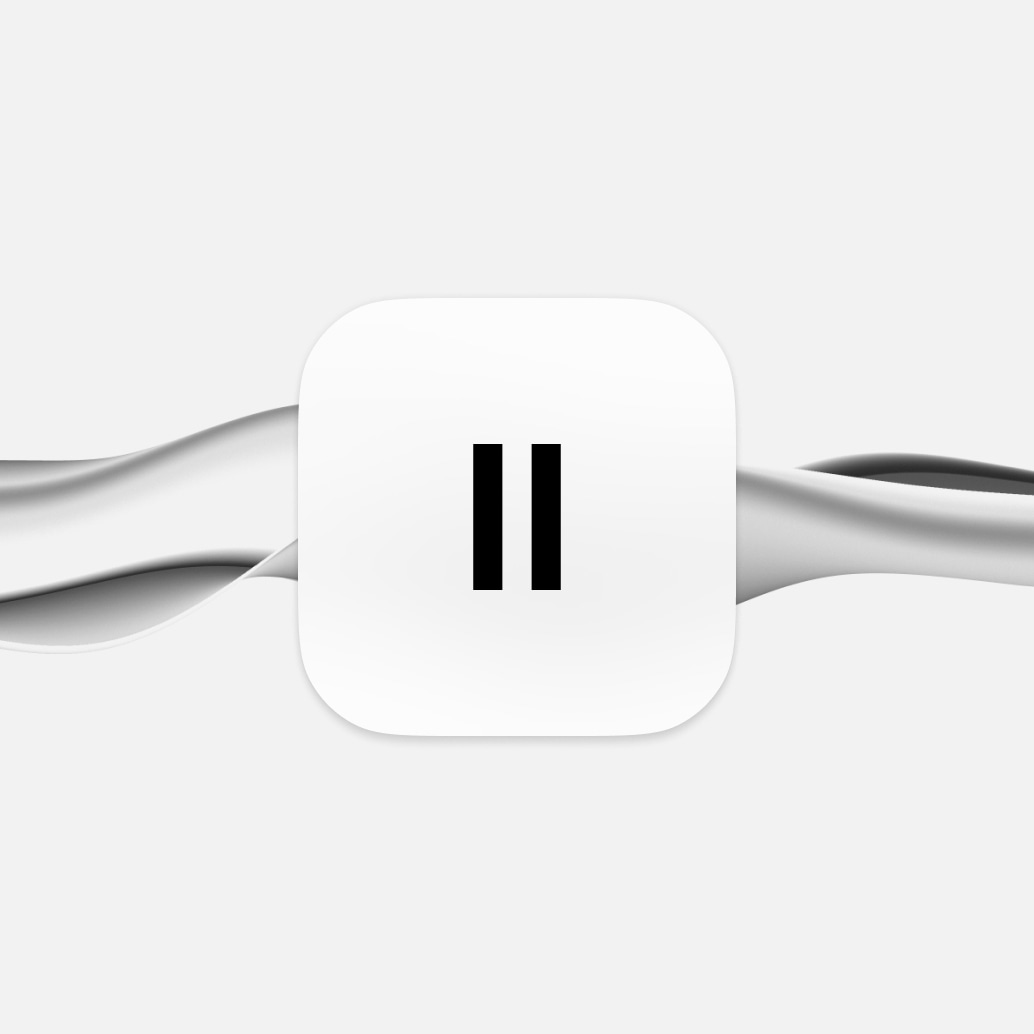
Zanurz się w fascynujący świat dźwięków językowych z tabelą samogłosek Międzynarodowego Alfabetu Fonetycznego (IPA). To narzędzie językoznawcze to klucz do zrozumienia złożoności wymowy i pomost między językoznawstwem a rozwijającą się dziedziną sztucznej inteligencji (AI).
Ten artykuł wyjaśni, czym jest tabela i do czego służy. Przyjrzymy się symbolom IPA na tabeli, analizując, jak używać jej do nauki języków i jak klip audio na interaktywnej tabeli IPA może ułatwić zrozumienie. Na koniec zobaczymy, jak platforma ElevenLabs do zamiany tekstu na mowę może wspierać rozwój języka, przekształcając transkrypcje w żywą mowę dzięki najnowszej technologii.
Kluczowe informacje
- Tabela Samogłosek IPA to interaktywne narzędzie opracowane przez Międzynarodowe Stowarzyszenie Fonetyczne do reprezentowania standardowych symboli samogłosek.
- Identyfikuje trzy główne kategorie samogłosek: przednie, centralne i tylne, każda charakteryzująca się różnymi pozycjami ust i wymową.
- Interaktywna Tabela Samogłosek IPA oferuje nagrania audio do ćwiczenia wymowy, co może uzupełniać użycie technologii zamiany tekstu na mowę ElevenLabs do efektywnej nauki języka.

Wprowadzenie do tabeli samogłosek IPA
Tabela samogłosek Międzynarodowego Stowarzyszenia Fonetycznego (IPA) to mapa dla językoznawców, pomagająca im odkrywać różnorodność języków mówionych. Oferując zarówno wizualizacje, jak i pliki dźwiękowe jako przykłady, to interaktywne narzędzie pomaga użytkownikom zrozumieć symbole fonetyczne do dokładnego przedstawiania dźwięków samogłosek w różnych językach pisanych, w tym francuskim, angielskim, hiszpańskim i innych.
Samogłoski takie jak [a], [e], [i], [o] i [u] są znane europejskim użytkownikom języków, takich jak hiszpański czy włoski, ale mogą być mniej powszechne w językach azjatyckich lub rdzennych. Użycie tabeli IPA zapewnia standardową metodę komunikacji dźwiękowej między językami, ułatwiając wymowę nowym uczniom języka. Dlaczego uczniowie języka nie mogą po prostu czytać nowych słów? Jeśli kiedykolwiek uczyłeś się języka, wiesz, że to nie takie proste. Niektóre języki używają różnych kształtów liter do reprezentowania różnych dźwięków, podczas gdy inne mogą używać zupełnie innego alfabetu lub znaków.
Symbole IPA rozwiązują ten problem, oferując uniwersalną tabelę dźwięków, którą można zastosować do każdego języka na świecie. Niezależnie od tego, czy to francuski, łaciński, hiszpański czy kantoński, tabela IPA pomaga językoznawcom i uczniom języków opisywać dźwięki słów w uniwersalnym formacie.
Struktura tabeli samogłosek IPA
Tabela IPA to nieocenione narzędzie w badaniach językowych, wykorzystujące symbole, które precyzyjnie przedstawiają różne dźwięki samogłosek z Międzynarodowego Alfabetu Fonetycznego. Używając terminów takich jak 'zamknięte', 'otwarte', 'średnie' i tak dalej, wizualizacje tabeli organizują artykulacje w sposób odzwierciedlający, jak są one produkowane w ludzkim aparacie głosowym - w tym spółgłoski niepłucne.
Tabela graficznie przedstawia różnice między różnymi dźwiękami samogłosek z dokładnością co do ich fizycznej formy produkcji przez wibracje dźwiękowe emitowane z fałd głosowych, czyli, mówiąc prościej, jak muszą się poruszać usta i gardło, aby dokładnie wydać opisany dźwięk.
Samogłoski rozłożone: przednie, centralne i tylne
Tabela IPA przypisuje różne sekcje dźwiękom samogłosek, które są podstawą dźwięków językowych. Są one ułożone na tabeli w kolejności, w jakiej muszą się poruszać usta, aby je reprezentować. Spróbuj przeczytać poniższe przykłady i zobacz, jak muszą się poruszać twoje usta i struny głosowe.
Po lewej stronie znajdują się samogłoski przednie, które wymagają przesunięcia artykułacji do przodu w kierunku ust. Angielskie słowa to ‘see’ i ‘sit’.
Pozycje samogłosek centralnych oznaczają stan zrelaksowany z nierozciągniętymi ustami i językiem w środkowym położeniu w jamie ustnej - pomyśl o ‘but’ lub ‘her.’
Na koniec, samogłoski tylne pojawiają się, gdy podnosisz język do podniebienia miękkiego i zaokrąglasz usta - przykłady można znaleźć w słowach takich jak ‘boot’ lub ‘go.’
Zaokrąglenie i napięcie: dodatkowe cechy samogłosek
Ale to nie tylko miejsce, gdzie te samogłoski formują się w ustach, wpływa na dźwięk, który wydajesz. Tabela samogłosek IPA daje nam jasne zrozumienie, jak drobne różnice, takie jak zaokrąglenie i napięcie w samogłoskach mogą generować różnorodne dźwięki do tworzenia różnych słów.
Zaokrąglenie odnosi się do kształtu, jaki przybierają usta podczas artykulacji niektórych dźwięków samogłosek, co skutkuje bardziej wyrazistymi i wystającymi dźwiękami. Przykłady to dźwięk ‘o’ w słowach takich jak ‘note’ i ‘oo’ w słowach takich jak ‘look’, a także ‘u’ słyszane w słowach takich jak ‘rule’ lub ‘boot’. Zaokrąglona wokalizacja występuje również czasami przy kombinacji liter w-e-l-l (well). Napięte samogłoski, z drugiej strony, są związane z większym napięciem mięśni podczas produkcji, podczas gdy luźne wymagają mniej wysiłku.
Nawigacja po interaktywnej tabeli samogłosek IPA
Dziś tabela samogłosek IPA nie jest już tylko statyczna. Interaktywna tabela IPA pozwala użytkownikowi eksperymentować z dźwiękami, słuchając klipu audio z idealną wymową. Klikając na każdy symbol, użytkownicy mają dostęp do nagrania audio, jak brzmią poszczególne samogłoski. To ułatwia ćwiczenie wymowy z tej mapy językowej, ułatwiając naśladowanie i zapewniając wyraźne, słyszalne rozróżnienie między dźwiękami a symbolami.
Gdzie można znaleźć takie narzędzie? Godne zaufania opcje to ipachart.com, strony prowadzone przez Międzynarodowe Stowarzyszenie Fonetyczne oraz instytucje takie jak wydziały językoznawstwa na uniwersytetach, które mogą oferować zasoby dla studentów.
W rzeczywistości wymowy mogą się różnić z powodu osobistych stylów mowy lub specyficznych dla dialektu języków, które niekoniecznie odpowiadają temu, co zostało określone na Interaktywnej Tabeli Samogłosek IPA. Interaktywne pliki audio nie zawsze są poprawne, a regionalne i kulturowe różnice mogą oznaczać, że dźwięki w klipie audio nie są nieomylne. Pamiętaj, że ważne jest, aby szukać wyjaśnień dotyczących dźwięków i dialektów od wiarygodnych źródeł i rodzimych użytkowników, którzy najlepiej znają swój język.
Ewolucja symboli samogłosek IPA
Tabela samogłosek IPA to dynamiczny byt, który był modyfikowany na przestrzeni lat od swojego powstania w 1886 roku. Początkowo oparta na alfabecie rzymskim, wiele jej symboli musiało zostać zmienionych, aby dokładniej przedstawiać każdy unikalny dźwięk wydawany przez ludzi, gdy więcej rdzennych języków zostało zrozumianych przez zachodnich akademików.
Historyczne kamienie milowe tabeli samogłosek IPA
Rozwój tabeli samogłosek IPA odzwierciedla historię postępu językowego. Po raz pierwszy wprowadzona w 1886 roku, od tego czasu była regularnie aktualizowana, aby zapewnić dokładne przedstawienie dźwięków wokalnych.
W 1897 roku Paul Passy (francuski językoznawca) założył Międzynarodowe Stowarzyszenie Fonetyczne wraz z brytyjskimi nauczycielami języków. To stowarzyszenie odegrało kluczową rolę w kształtowaniu tabeli IPA, jaką znamy dzisiaj.
Przez cały czas jej istnienia miały miejsce ciągłe modyfikacje, a zmiany są regularnie wprowadzane przez profesjonalistów z dziedziny językoznawstwa, aby zapewnić, że tabela pozostaje tak samo aktualna dzisiaj, jak była 150 lat temu.
Nadążanie za najnowszą wersją
Utrzymywanie znajomości z najnowszą edycją tabeli samogłosek IPA jest konieczne dla językoznawców i entuzjastów nauki języków. Kiedy Międzynarodowe Stowarzyszenie Fonetyczne (IPA) wprowadza zmiany, ogłaszają je i określają na swojej oficjalnej stronie internetowej.
Świadomość bieżących zmian zapewnia dostęp do dokładnego przedstawienia dźwięków językowych z wiarygodnego źródła, takiego jak Tabela IPA.
Ulepsz naukę języka z ElevenLabs text-to-speech
Tabela samogłosek IPA to tylko jedno z narzędzi w pasie językoznawczym, jeśli chodzi o naukę języków i poprawę wymowy. Teraz, dzięki niesamowitym narzędziom AI, takim jak ElevenLabs, nigdy nie było łatwiej uczyć się języka online, z hiperrealistycznymi wielojęzycznymi głosami dostępnymi na wyciągnięcie ręki.
Funkcjonalność zamiany tekstu na mowę (TTS) ElevenLabs ułatwia ćwiczenie wymowy, pozwalając ci usłyszeć poprawne intonacje i doskonalić własne umiejętności mówienia. W ten sposób nasze TTS pomaga w poprawie zrozumienia ze słuchu, wystawiając cię na różnorodne akcenty, wzorce mowy i słownictwo w twoim docelowym języku.
Niezależnie od tego, czy studiujesz językoznawstwo, chcesz nauczyć się nowego języka, czy po prostu fascynują cię języki i mowa, ElevenLabs jest dla ciebie. Z dostępnym darmowym planem i miesięcznymi subskrypcjami zaczynającymi się od zaledwie $5/miesiąc, możesz wypróbować różne głosy, tłumaczyć treści, a nawet klonować swój własny głos, aby mówić płynnie w innych językach. Zarejestruj się w ElevenLabs teraz, i zacznij korzystać z naszej niesamowitej funkcji TTS już dziś.
Podsumowanie

Tabela samogłosek Międzynarodowego Alfabetu Fonetycznego to niezbędny przewodnik do zrozumienia i opanowania zawiłości dźwięków językowych.
Dzięki swojej strukturze, interaktywnym funkcjom i ciągłej ewolucji odzwierciedla złożoną, dynamiczną naturę języków, ułatwiając uczniom języków skuteczne kategoryzowanie, naśladowanie i rozumienie dźwięków w mowie ludzkiej.
W przyszłości, gdy AI stanie się coraz ważniejsza, tabela IPA i jej symbole staną się nieodzowną częścią tworzenia sztucznie generowanej mowy, która brzmi jak ludzka. W naszych własnych laboratoriach tabela samogłosek IPA to narzędzie, do którego często się odwołujemy, gdy kategoryzujemy dźwięki ludzkie i używamy technologii ElevenLabs do generowania audio AI, które brzmi niesamowicie realistycznie.
Wypróbuj ElevenLabs już dziś i zobacz na własne oczy, jak symbole IPA ożywają w wielu językach w najnowszej wersji mowy generowanej przez AI. Klonuj swój własny głos, używaj naszej technologii zamiany tekstu na mowę, a nawet tłumacz i dubbinguj wideo, wszystko z ElevenLabs.Zarejestruj się za darmo teraz.
Często zadawane pytania
Ile jest samogłosek w języku angielskim?
Angielski składa się z pięciu liter samogłoskowych - A, E, I, O i U - które reprezentują około 20 różnych dźwięków samogłoskowych, chociaż litera Y czasami również pełni tę rolę. Wszystkie te wokalizacje składają się zarówno z monoftongów, jak i dyftongów.
Czym jest tabela samogłosek Międzynarodowego Alfabetu Fonetycznego (IPA)?
Tabela samogłosek Międzynarodowego Alfabetu Fonetycznego oferuje sposób ilustrowania wszystkich symboli IPA dla samogłosek, z każdym z nich towarzyszy próbka dźwiękowa. To interaktywne narzędzie zapewnia uczniom idealną metodę doświadczania i lepszego zrozumienia tych dźwięków fonetycznych.
Czym jest interaktywna tabela IPA?
Interaktywna tabela IPA to cyfrowe narzędzie lub zasób, który pozwala użytkownikom eksplorować i interaktywnie korzystać z symboli Międzynarodowego Alfabetu Fonetycznego, które reprezentują dźwięki mowy ludzkiej.
IPA nie zawiera tylko samogłosek angielskich, ale jest raczej standardowym systemem do reprezentowania dźwięków mowy, dostarczając zestaw symboli do przedstawiania różnych dźwięków mowy występujących w językach na całym świecie.
Jak interaktywna tabela samogłosek IPA ułatwia ćwiczenie wymowy?
Tabela samogłosek IPA oferuje praktyczne podejście do poprawy wymowy. Pomaga, pozwalając użytkownikom odtwarzać odpowiednie dźwięki samogłosek dla każdego z symboli, co ułatwia im zapoznanie się z poprawnymi dźwiękami samogłosek.
Przeglądaj artykuły zespołu ElevenLabs

Building clinical-grade voice agents for Pharma
Increasing physician reach by 30% and cutting admin time by 10 hrs/week

MyPlanAdvocate makes Medicare enrollment twice as efficient with ElevenLabs Agents
AI agents pre-qualify ~210,000 calls per month, concentrating licensed capacity on eligible demand.

